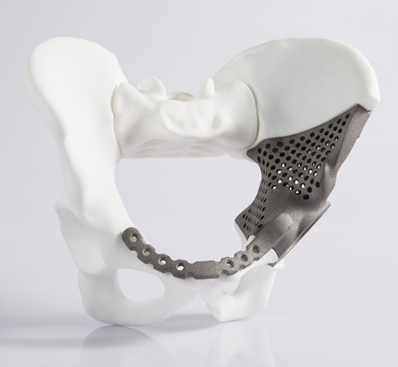
Recent improvements in the fields of additive manufacturing and medical imaging have introduced generative-fabricated, customized models, implants and instruments to a wide range of medical applications. Through meta-analysis, this paper gives an overview of current and future applications of 3D or 4D printing technologies in medicine, while evaluating their benefits, restrictions and future scope. It is paid special attention to the field of ortho-paedics. Current, main areas of interest include patient-specific implants and instruments, smart bioactive implants, tissue engineering, sensory equipped implants, 4D imaging techniques as well as process chain optimization and standardisation. In order to understand the medical additive manufacturing process and its possible applications, the chronological steps of 3D model generation, simulation and manufacturing are explained and a framework for classification is outlined. Results indicate, that rapid prototyping benefits patient-specific treatments of complex conditions in orthopaedics, improves surgery planning and risk assessment, while minimizing long-term complica-tions through individualisation and monitoring. However, as technologies are evolving rapidly, procedures are lacking in standardisation as well as inter-disciplinary routine and need highly skilled personnel. Moreover, limitations in object size, structural strength as well as the time- and cost intense pro-cess, limit its feasibility for some medical applications. Data science, 4D im-aging methods, connected smart implants and biomaterial printing are ex-pected to play a major role for the technology’s future expansion.
by medineer